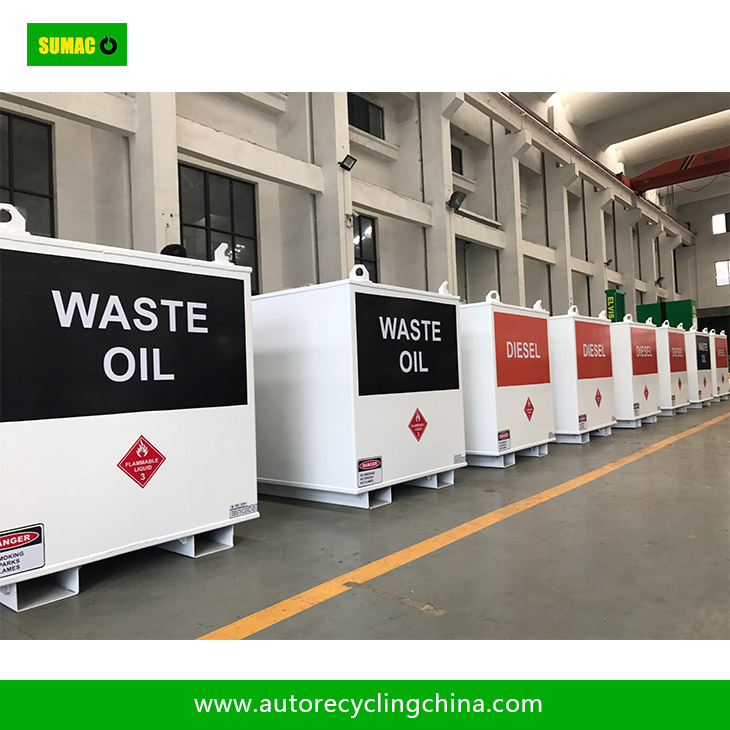How to prevent internal corrosion of Steel fuel tank
2025-05-07
Leave a message
Preventing internal corrosion of steel fuel tanks is essential for ensuring their durability, safety, and the integrity of the stored fuel. There are several effective strategies to achieve this.
One of the primary methods is surface coating. Applying a protective coating to the inner surface of the tank can create a barrier between the steel and the fuel. Epoxy coatings are widely used due to their excellent chemical resistance and strong adhesion to the steel surface. These coatings form a continuous film that prevents the fuel, which may contain moisture and other corrosive substances, from coming into direct contact with the steel. Another option is phenolic resin coatings, which offer good resistance to a variety of fuels and can withstand different operating temperatures.
Inhibitors also play a crucial role. Fuel - soluble corrosion inhibitors can be added to the fuel. These inhibitors work by chemically reacting with the steel surface to form a thin, protective layer. They can neutralize any acidic components in the fuel and prevent the oxidation process that leads to corrosion. For example, some inhibitors contain organic compounds that adsorb onto the steel surface, creating a hydrophobic layer that repels moisture.
Proper maintenance and regular inspection are equally important. Regularly draining any accumulated water at the bottom of the tank is vital because water is a major contributor to corrosion. Water can cause electrochemical reactions on the steel surface, leading to pitting and rust formation. Additionally, monitoring the fuel quality is necessary. Contaminated fuel with high levels of sulfur or other impurities can accelerate corrosion.
Controlling the operating environment is another aspect. Keeping the tank filled as much as possible reduces the amount of oxygen inside, as oxygen can react with the steel and fuel to cause oxidation. Also, maintaining a stable temperature within the tank helps avoid condensation, which can introduce moisture. By implementing these multi - faceted approaches, the internal corrosion of steel fuel tanks can be effectively mitigated, extending the lifespan of the tanks and ensuring safe fuel storage.


